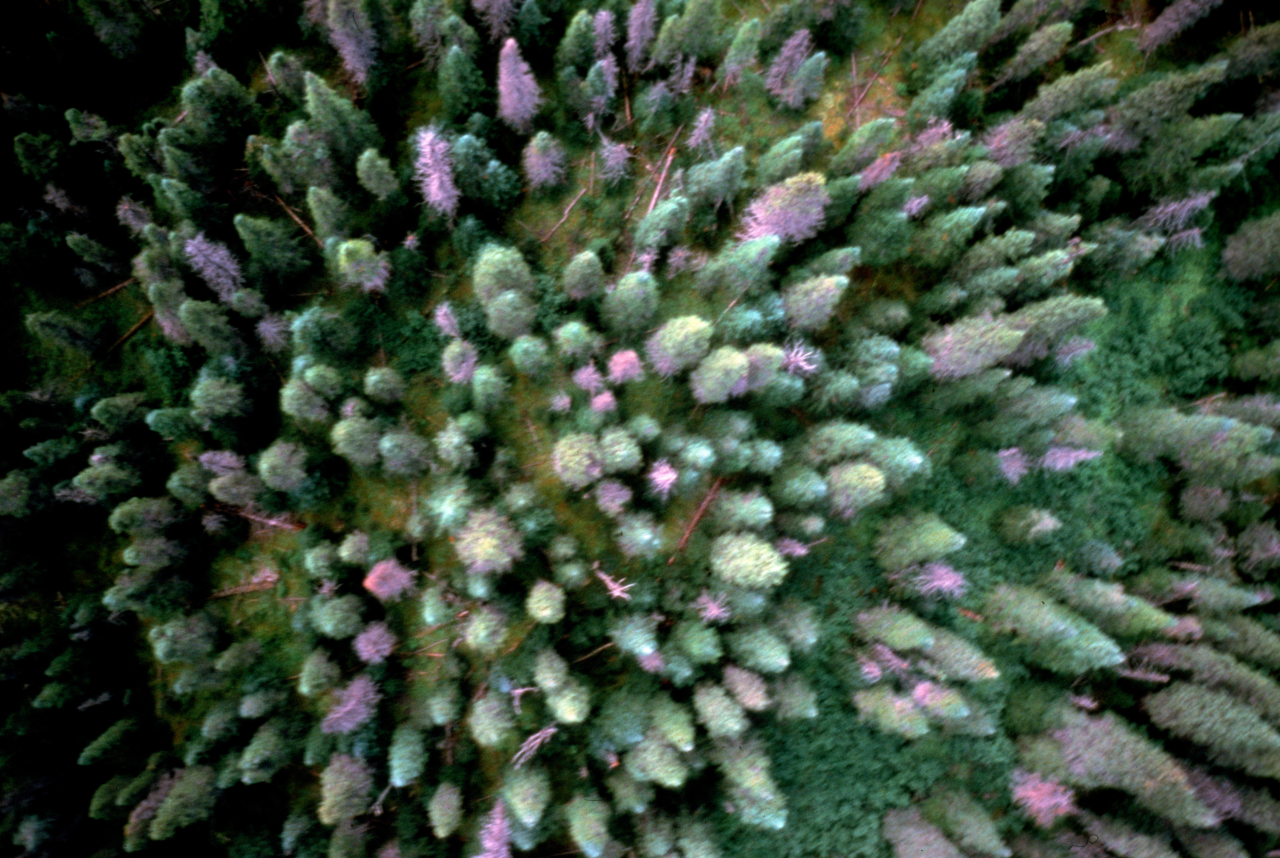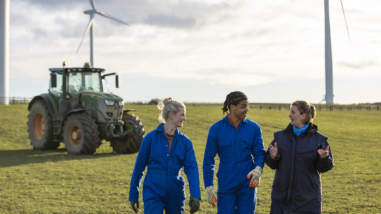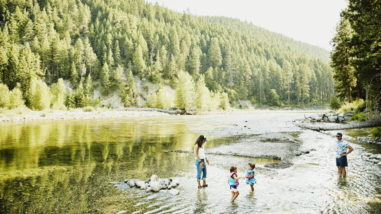For nearly 20 years, the William and Flora Hewlett Foundation has been supporting grantees, working with First Nations, to conserve Canada’s boreal forest for its cultural, ecological, and economic benefits. The boreal is one of the world’s largest intact ecosystems and its third-largest wetland, providing critical habitat for polar bears, wolverines, and more than 300 species of birds, as well as the world’s largest caribou herds. It is also the Earth’s largest terrestrial carbon sink and protects more free-flowing rivers than the rest of North America combined. Indigenous communities depend on the boreal for sustainable development and harbor deep cultural and social connections to the landscape.
The boreal will play a significant role in coming years as the Canadian federal government, territorial and provincial governments, and First Nations and indigenous communities partner to help the nation achieve its international climate goals: the Aichi Biodiversity Targets, set under the Convention on Biodiversity. Of these, Target 1 requires that by 2020, Canada ensures that “at least 17 percent of terrestrial areas and inland water, and 10 percent of coastal and marine areas, are conserved through networks of protected areas and other effective area-based conservation measures.” These ambitious climate and conservation goals have been linked by Canadian policymakers to the country’s Truth and Reconciliation Process, which aims to right past wrongs against indigenous people, ensuring conservation outcomes will be just and sustainable.
To learn how our grantmaking can best support Canadians, and indigenous communities especially, to achieve these social justice, climate, and ecologically-significant conservation goals in the boreal, Hewlett commissioned an evaluation of recent conservation work by grantees and partners (specifically, the evaluation homed in on one of the most expansive efforts, launched in 2013 when the foundation launched a five-year, $15-million boreal forest conservation initiative). Most notable among grantee accomplishments thus far are support for indigenous-led land-use planning processes that have led to significant acres being identified for both conservation and sustainable development, and with the support from several partner foundations, the launch of the Indigenous Leadership Initiative, which is helping to strengthen Indigenous nationhood and fulfill Indigenous cultural responsibilities to the land.
Over 50 experts from 33 organizations and institutions were interviewed in 2017 for this evaluation, which resulted in several takeaways:
- Indigenous leadership is critical – Indigenous-led land-use planning, stewardship, and conservation strategies have been and should remain the preferred approach to advancing conservation alongside sustainable development.
- Broader strategies lead to enduring conservation – Conservation outcomes best withstand external pressure when led by and in service of the goals of indigenous communities, including consideration of community well-being and long-term stewardship capacity. Such outcomes also need broad support from across Canada. Nearly 60 percent of the Canadian population now knows about the boreal forest and its importance to the world as a carbon sink and irreplaceable water and wildlife resource; more work is still needed to educate and engage the public in its protection.
- Measure progress, not just acres – Foundations always seek to find appropriate metrics. In this geography, grantee work to build public awareness, indigenous leadership and capacity, and diverse coalitions should be measured toward incentivizing inclusive, collaborative approaches to advancing sustainable and indigenous-led conservation goals in the boreal.
Sustainable conservation of the boreal forest can only be achieved by working in partnership with indigenous communities, and by building broad public awareness about the opportunity for Canadians to protect the best of their nation for the benefit of their communities, culture, economies, and future generations. The world is watching and will be inspired by their leadership.




